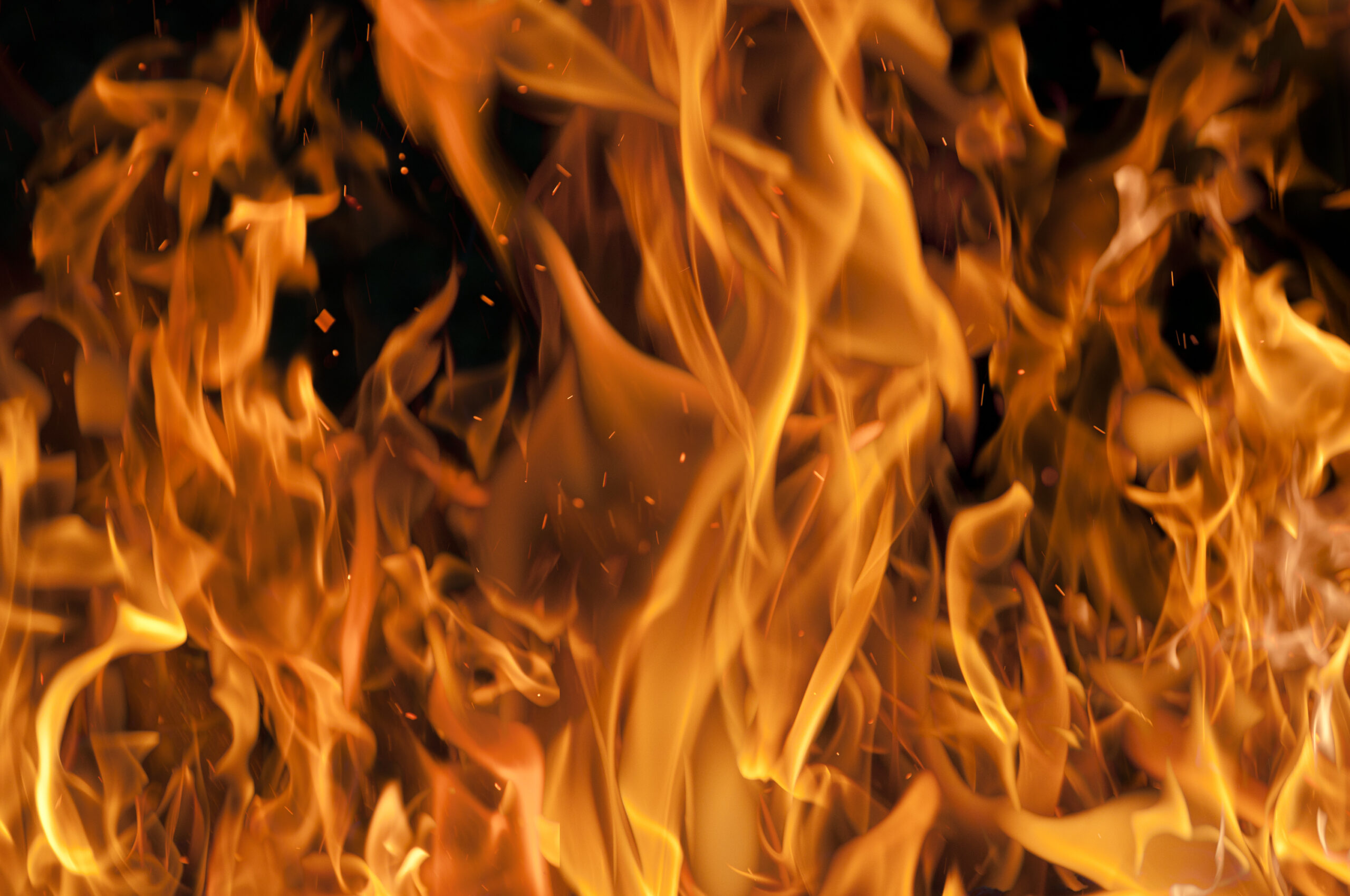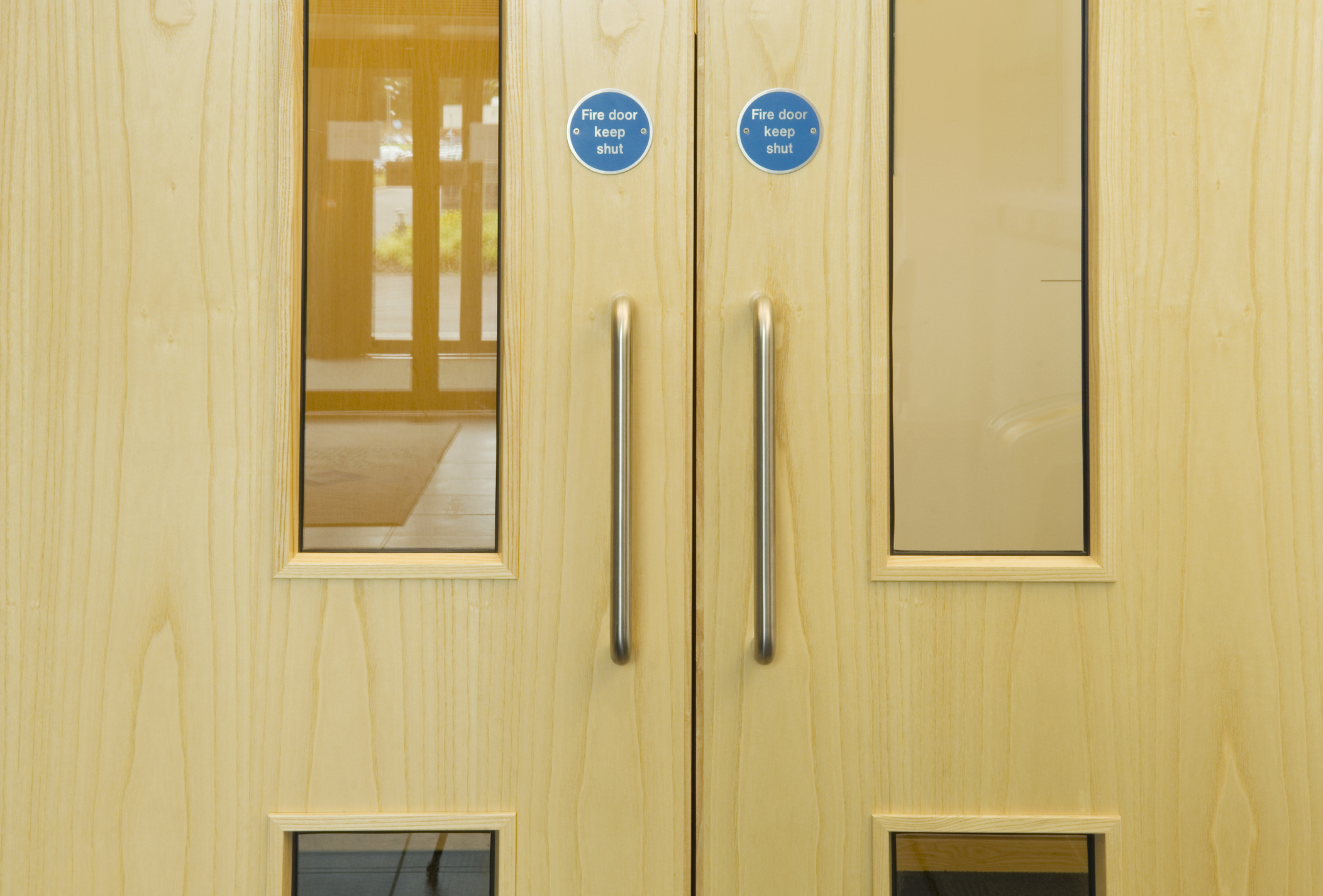
A Guide to Fire Doors
The main goal, should a fire start, is to stop or slow the spread of flames to save lives and allow for safe egress. Fire doors are the buildings’ compartmentalisation mechanism, preventing fire spread and saving lives and property. Of course, they also provide an exit route for people leaving the building or seeking safety as well as emergency access.
The Importance of Fire Doors
It is critical that those charged with fire safety in commercial and non-domestic structures, such as office managers, town councils, school principals, property developers, and landlords be aware of how fire doors operate, which ones they require, and the significance of obtaining certified fire doors.
To ensure that a fire door is suitable for the job, you must take into account the requirements, supply, installation, and maintenance. Unfortunately, it’s only after a fire occurs that the consequences of a poorly designed, installed, or maintained door become apparent. And at this point, it is too late.
What are Fire Doors?
Fire doors are built for two primary purposes: to limit and slow the spread of fire and smoke, as well as to provide a safe escape. They’re subjected to rigorous testing to confirm that they fulfil all necessary safety criteria.
Because fire doors are so essential for saving lives, they must be subjected to regular safety checks to ensure they are still fit for purpose. In 2019, three-quarters of fire doors were deemed unsuitable by the Fire Door Inspection Scheme (FDIS).
Fire doors are subject to numerous legal and safety standards. The fundamental idea of these standards is that fire doors should be installed by a competent, professional, and educated specialist. Fire safety professionals must take this seriously. Non-compliance with fire safety regulations may result in criminal prosecution.
The minimum standards for fire doors provided by the Building Regulations are quite clear. They cover the Building Regulations and related British and European Standards with regards to door performance and testing. The Building Regulations vary from region to region throughout the United Kingdom.
What are the Main Features of a Fire Door?
There are several characteristics of a fire door that determine its ability to stop smoke and fire spread, as well as its usefulness as an escape route.
A fire door is made up of numerous components. The most common component, however, is a solid hardwood door and frame that has been heat-resistant treated. As a result, the majority are oak fire doors. Composite fire doors contain a greater number of materials than timber fire doors and have a lighter resistant core.
Glazed fire doors can also be found. These doors have a glass panel that allows light to pass through and allows a line of sight. The glass would fracture and fall out if it were not treated specially, rendering the fire door useless. The glass selected will be specially treated and coated in order to ensure that it can endure for at least an hour before becoming soft. Fire door testing must evaluate the integrity of the glass and its fitting.
Around the outside of the core door, specialised intumescent seals are used. This means that when they get hot, they expand and form a tight seal around the door, preventing smoke or fire from entering any gaps. Cold seals are also required, although their use depends on location; in some cases, however, visibility of smoke is required to notify individuals (and warning systems) about the occurrence of a fire.
Where are Fire Doors Needed?
As a non-professional, determining where to install which kind of fire door might be difficult. Fire door installation by professionals will give you peace of mind that you’re picking the proper door for the right location and keeping your duties as a “responsible person” under Building Standards. In order to decide which category of fire door is required, an expert will examine the building’s design, usage, and each door’s location.
Can You Upgrade Existing Fire Doors?
It was once considered acceptable to simply improve an existing door rather than replacing it. Now, it is both best practice and more cost-effective, to replace whole doors.
Fire Door Maintenance
Choosing and installing Building Regulations fire doors that have been certified and installed by a professional team is critical. The security of the fire door, on the other hand, can only be assured when it is maintained by qualified specialists. Article 17 of the Fire Safety Order makes it necessary to ensure that installation and maintenance are completed properly. Owners of property must choose “competent persons,” as set out in the Order, to assist them with complying with building fire door standards.
Regular maintenance on the door is required. The frequency will be determined by the usage of the structure, although non-residential structures should be checked and maintained at least once every six months, if not more frequently based on building type and use. Items such as seals and mechanical elements will be tested at these inspections, and if necessary, replaced.
Get in touch to learn how we can help with your next fire protection project
Join over 1,000 UK businesses who have already had Fire Protection installed by Ark Fire Protection.



